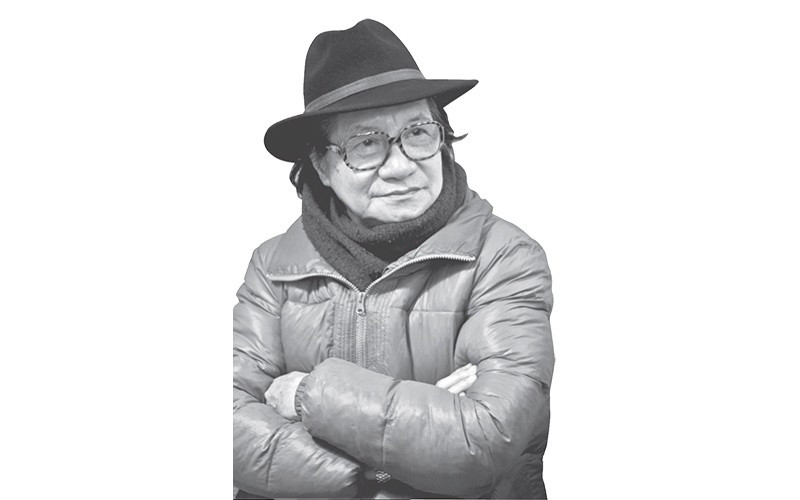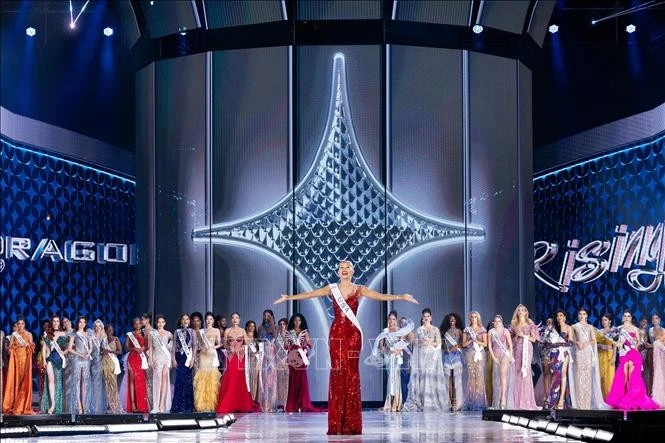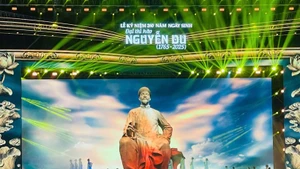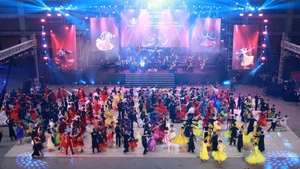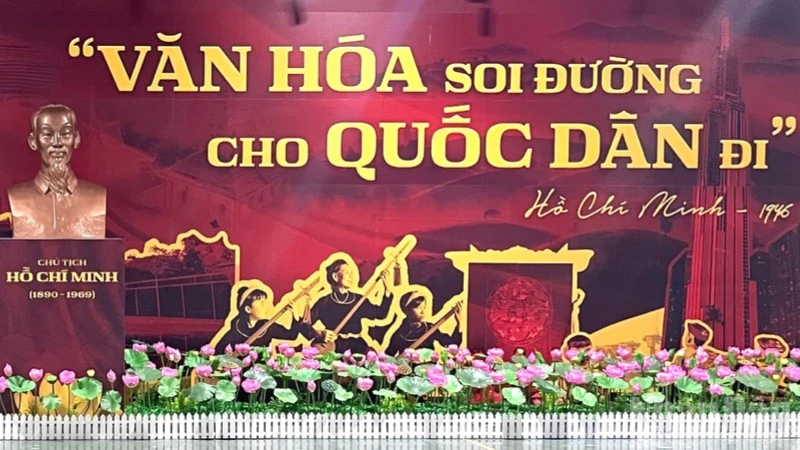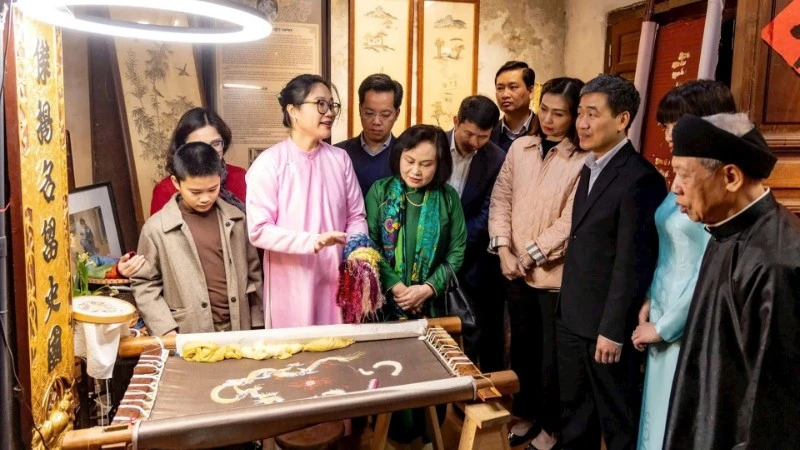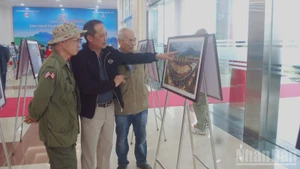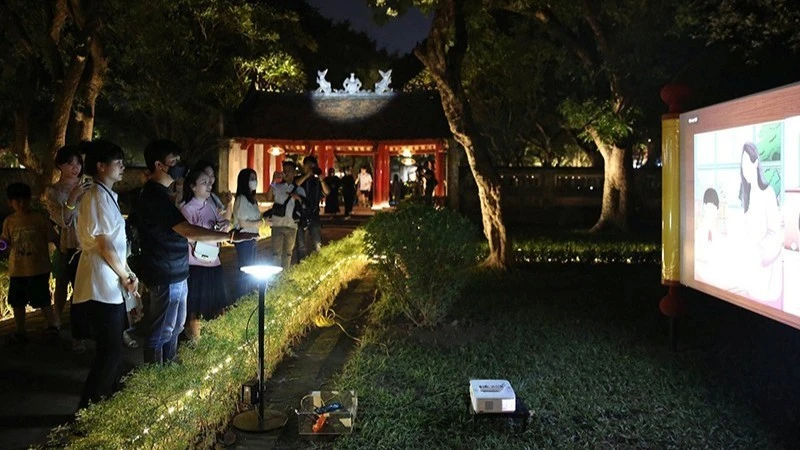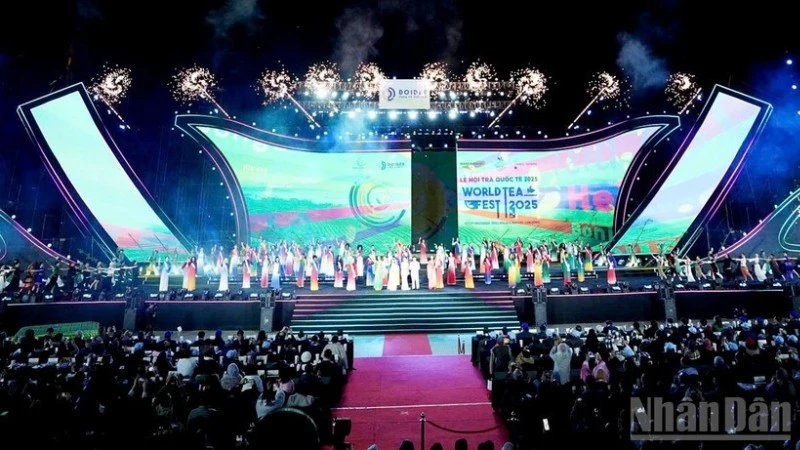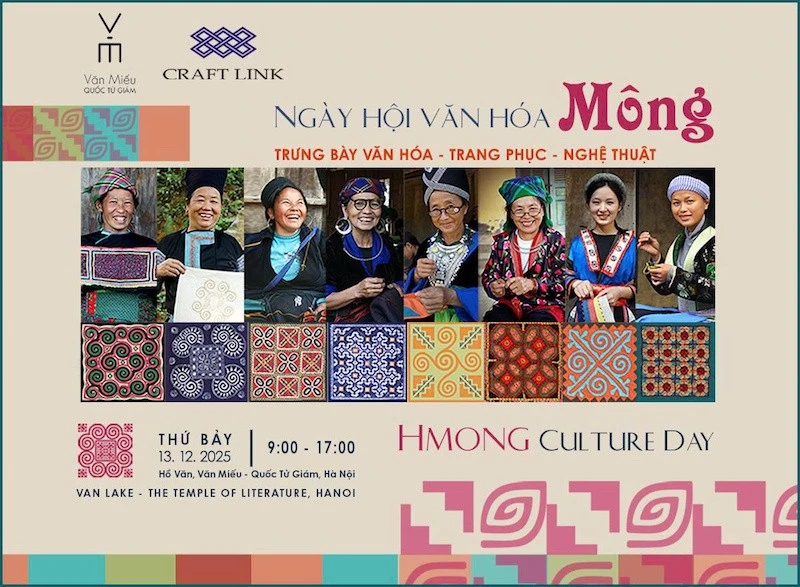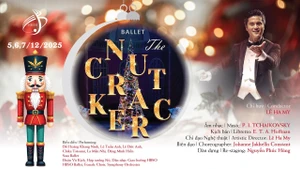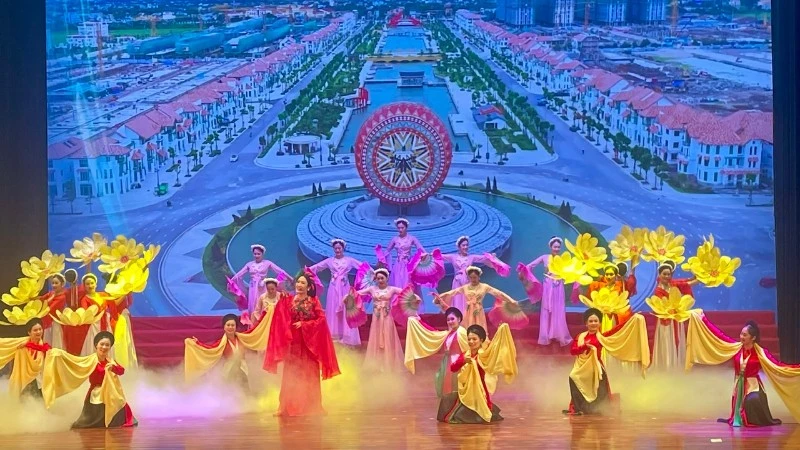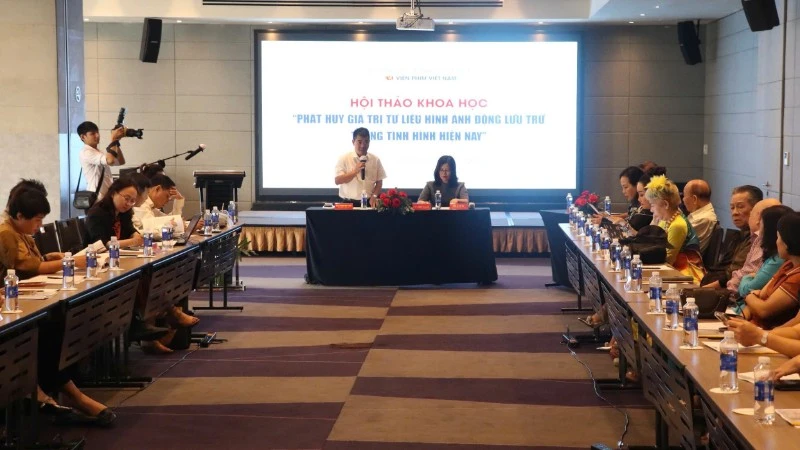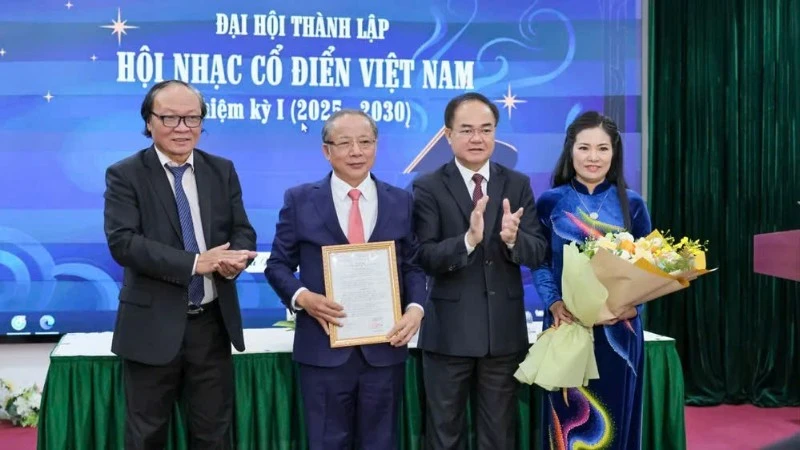During his journey, his connections with Hanoi seems to be associated with two words that he has always repeated in every story and film: “humans” and “truth”.
At the age of 82, director Tran Van Thuy was emotional when he received the “Bui Xuan Phai: For Love of Hanoi” Award, which aims to honour individuals for their contributions and dedications to the capital city. He said: “No matter what, I have absolutely never intended to live abroad and cannot live abroad, even though I had lived in Europe for a year and in the US for six months to learn about the Vietnamese community there".
Perhaps now, when watching the film "Hanoi Through Whose Eyes?”, many will be surprised at the hardships and bitterness that both the film and its creator received. Like the story that Thuy told in his memoirs that a senior leader at that time wondered and sincerely asked him: “That's all the film is, why is it banned?”.
"That's all" and everything also started as a coincidence. At that time, when the director was 42, he received a plan to make a film to promote tourism for Hanoi. When reading the approved script about the old streets, temples, pagodas, exotic foods, elegant citizens of an ancient Hanoi, he looked out the streets and see the scenes of people queuing to buy food and homeless people in the parks and degraded monuments, he felt sad.
Spending a month in the library, Thuy read everything about Thang Long – Hanoi in the past and then he obsessed and shocked as he put it. And the choice was made that with the same money, same efforts, same time and same theme, the film had to be made in a different manner, both in its core and content.
“Hanoi Through Whose Eyes?” was developed in the style of contemporary political discourse, without pomp and pride in what the capital city has. It is a Hanoi with an earnest, pure, and a bit sad tone from the love for the city of blind musician Van Vuong and painter Bui Xuan Phai. It is a Hanoi with the beauty from the depth of thought and the way to rule the country in the past. The image of Governor-General Hoang Dieu putting an epitaph at O Quan Chuong (Quan Chuong Gate) to forbid officials from harassing people was recalled. The film also featured a temple dedicated to Nguyen Trai who left the message:
“Smiling sadly, Thuy said he also could not imagine letting the scene of a blind musician open and close the film could lead to heavy attributions afterward. In addition, the word “ai” (who) in the film’s title was discovered that it not only is a personal pronoun but also means lamentation and sorrow. Also, the words “old feudalism” in the comment made him “miserable” with the question: “Why not just feudalism?”.
Four years on, “Hanoi Through Whose Eyes?” has been screened thousands of times and won the Golden Lotus Award at the 1988 Vietnam Film Festival. Its second part, titled “Chuyen tu te” (The story of kindness), also created no less of a resounding response as it was honoured with the Silver Dove Award at the Leipzig International Film Festival (in Germany). Director Tran Van Thuy received the title of People's Artist 21 years ago.
In the last two years, Thuy’s health has been not been good and he was often hospitalised. However, he has still written and read a lot. As soon as he recovered, he left for Europe to participate in the production of the documentary “Me ngong con ve” (Mother Waiting for Children) by Vietnam Television which was dedicated to the fate of Vietnamese expatriates. For a long time, the image of people who longed to return to their homeland has always appeared on the pages and stories of Tran Van Thuy.
"Hanoi is beautiful and sacred thanks to the depth of culture and history left by its ancestors, but there is no magic spell that forces people to give it such great love", he said. " I still feel guilty because I was not aware that our forefathers had worked hard and was nostalgic for posterity”, he added.
Director Tran Van Thuy talked a lot about the people of Hanoi in the past. Most of them were not born in the city but had been attached and adorned the sacred word of Hanoi. Then, in the opposite direction, this land had been imbued with "Hanoi spirit" to create such people for posterity to discuss. Also, it is no coincidence that “Hanoi Through Whose Eyes?” was associated with the old stories of the past as the “land of the scribes” in the old history is still the symbol of the scholars and intellectuals in the north.
Even the story of the people who helped Thuy make the film also made this director tear up when he recalled. They included historian Tran Huy Ba and teacher Nguyen Vinh Phuc, two scholars who have researched historical data. The two went to the monuments when filming and then very humbly and gently refused to write their names in the work. Painter Bui Xuan Phai, who accepted the invitation to appear in a scene of the film, said: “To be honest, I got into a lot of trouble. Thuy put my image in the film, I was afraid that you would also be in trouble”.
"Living in purity and experiencing many difficulties at that time, they enthusiastically helped me because of their sympathy for an artist who wanted to appreciate and find an unchanging value of Hanoi: the beauty of the spirit, thought and human dignity”, said Thuy. And Van Vuong too, his strong belief that he can see Hanoi when his eyes are cured has made me more confident when making the film and also when carrying the troubles behind”.
 |
| Quan Chuong Gate and Hoan Kiem Lake in the film "Hanoi Through Whose Eyes?" |
Asking about Hanoi today, Thuy laughed. As the director said, Hanoi is a lot more modern and beautiful than it was in the 1980s, but the story of morality and kindness among people is moving to a new stage “with a lot of crises”.
The director shared about the time he made a documentary with NHK Television (Japan) in 1992. He was given the initiative to choose the topic, so he made the film “Co mot lang que” (There is a village) which is about people in Phu Lang Pottery Village. At that time, he was simply fascinated by the pure and peaceful beauty and affection among the locals of a poor village. While watching together in Tokyo, the Japanese friends were moved to shake his hand. They said that they had found the story of Japan itself in the old years, when the modern life had not made the relations among the people gradually become as emotionless as it is now.
It means that as Thuy said, everything is associated with a grim rule in society that when the material life gets better, the separation among the people become wider. And it is no coincidence that through all changes, the relationships with family, clan and homeland have been gradually highly valued as constant values.
At the end of the film, Thuy included a story of himself. When he was a child, he asked his aunt: "If we go to the end of our village, where will we go?". "When we go to the end of our village, we will go to the sea". “What if we go to the end of the sea?”. “I don't know where we will go if we go to the end of the sea”, his aunt replied sadly. Growing up and experiencing many ups and downs, he sadly whispered while paying tribute to his aunt: “I sympathy you, because until you die, you still did not know where you will go if you go to the end of the sea. Now I know. If we go all the way to the end of the sea, across oceans and continents, go on and on, we will eventually return to our homeland, auntie."
No matter how Hanoi appears in his eyes after four decades, Tran Van Thuy still devotes his whole heart to this land.
